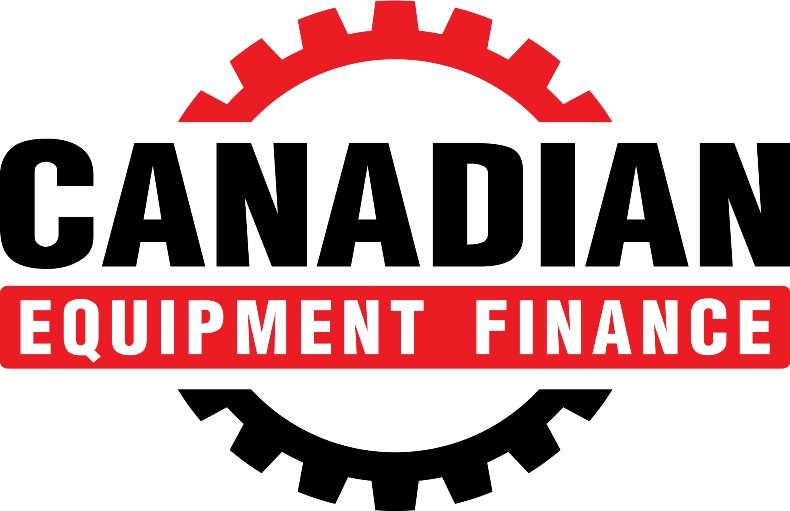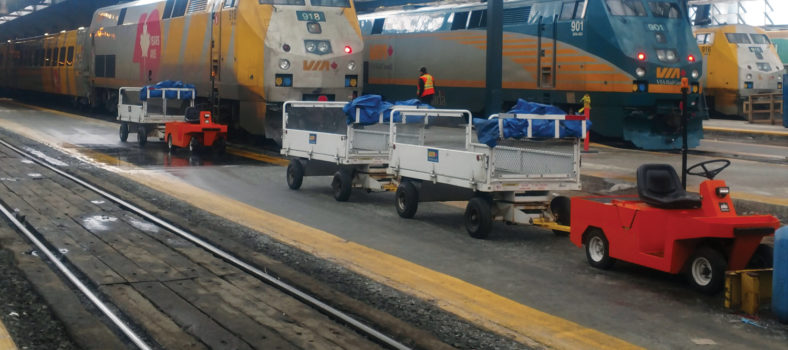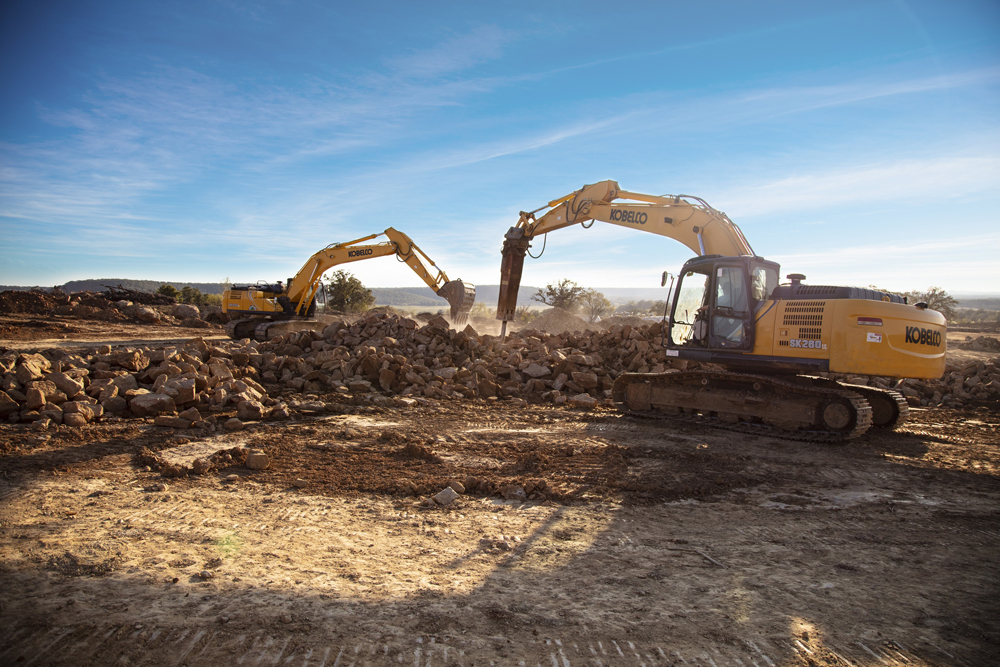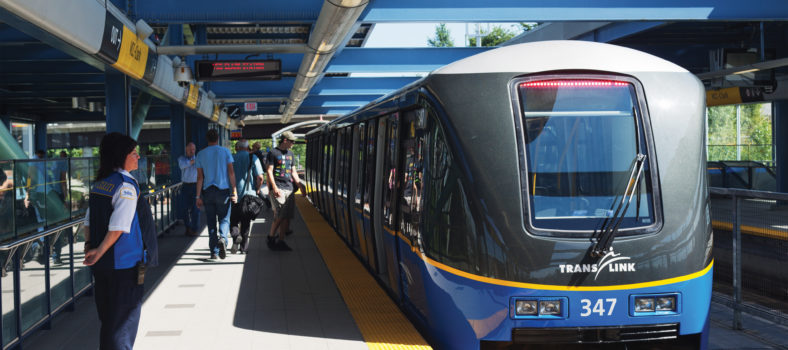 By Jay Mehra
By Jay Mehra
In 2019, the concept of there being “technology companies” and “other” companies is gone. Every company must also be a technology company.
The marriage between development and operations impacts all business verticals, and it requires constant experimentation to navigate the ever-changing business landscape. The key imperative for equipment finance companies—and all companies—is to pivot towards a more agile way of working.
Technology is moving at such a rapid pace of change that there won’t be a point where you’re “done”. Instead, equipment finance companies need to implement practices and processes that support regular change and enable innovative thinking. For example, adopting DevOps, in which development and operations teams are integrated1, can help to shorten work sprints, open feedback loops and ultimately provide more complete and useful technology solutions.
And for companies ready to make this jump, namely ready to plan for regular change, selecting an adaptive technology that incorporates the latest tech trends is a critical step. Here are several of them that we are seeing in the market. They can all be traced back to the desire to meet customer needs more efficiently.
Applied AI
When people hear “artificial intelligence” or AI there is still some associating it as a future technology. But the reality is that it’s already pervasive in our everyday lives. This is true even for equipment finance companies and certainly for the technology companies that partner with them.
Machine learning (ML), which falls under the umbrella of AI, is one compelling use case. Take credit decisioning, for example. Credit bureaus use ML to derive a credit score and determine a customer’s risk assessment. How much further can we take that? How can we make it local?
We can also more meaningfully continue to mine our own customer data for predictive analytics. We can make our systems smarter, training chatbots to assist in booking leases based on pre-defined parameters. Through robotic process automation or RPA, another derivative AI technology, we can reduce the manual intervention required by our workforces to perform rote tasks by enabling our systems to learn and replicate.
The more we can automate and enrich our processes and technology with AI, the more it levels the playing field for companies of any size to compete. There really are so many practical applications; as a result, the future of AI for leasing companies is very exciting.
Blockchain/DLT
Blockchain (or distributed ledger technologies, “DLTs”) have fertile ground in equipment finance given how intrinsic close-knit relationships are to the way our industry itself functions. Technologies that facilitate transactions and reduce underlying transactional costs and promote efficiency within the overall business model have the potential to disrupt it. In the context, DLTs and the impact they will have on our industry is inevitable; it’s a question of which technology begins to evolve dominance and gains critical mass in terms of adoption.
Leasing companies can get in on the game by leveraging advances already in use in peripheral industries. An increasing array of opportunities are opening up, whether it is cross border payments for international asset purchases or advances in the Internet of Things (IoT) and blockchain for certain types of assets, like agricultural equipment or automobiles.
Smart contracts
Smart contracts, which are a blockchain-based set of interaction rules2, aren’t a matter of “if” but of “when” on adoption. As wider audiences are exposed to blockchain technology and some of its derivative uses, smart contracts will follow suit. That said, technology still has quite a way to go to evolve blockchain and related cryptocurrencies, so it will take some time before smart contracts are regular practice.
There is, however, an interim step before smart contracts, which is to more fully adopt digital signatures and contracting. Despite relatively slow adoption in the leasing industry, we have seen this gaining momentum within our customer base over the past two years.
Shared economy
The shared economy will continue to gain momentum, and there will be many system implications to accommodate these unique business models. And when we say, “shared economy”, I’m not only talking about collaborative consumption of assets, but also of services and technology platforms i.e. intellectual property.
The way we work is changing, and as a result many asset classes are underutilized and may go unused for large portions of their useful lives. IoT will become more and more meaningful in facilitating deals, particularly as we bridge the gaps for closer connection with the underlying technology manufacturers implement to track assets.
But all of the latest tech trends aside, the most important thing for equipment finance companies is to be thinking about their long-term technology strategy. By consolidating all of your applications and business requirements not just into one product—but onto one platform—you will significantly reduce your cost over time. Unwieldy applications are as equally expensive as they are frustrating, and there is a better way to manage the technology needs of your business.
Jay Mehra is chief technology officer of Odessa (www.odessainc.com), a software company exclusively focused in the leasing industry, and the developer of the LeaseWave software system and Odessa platform.




